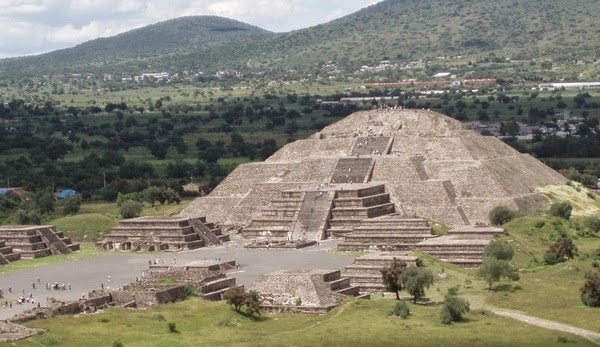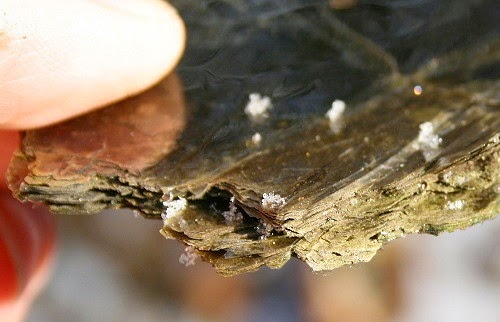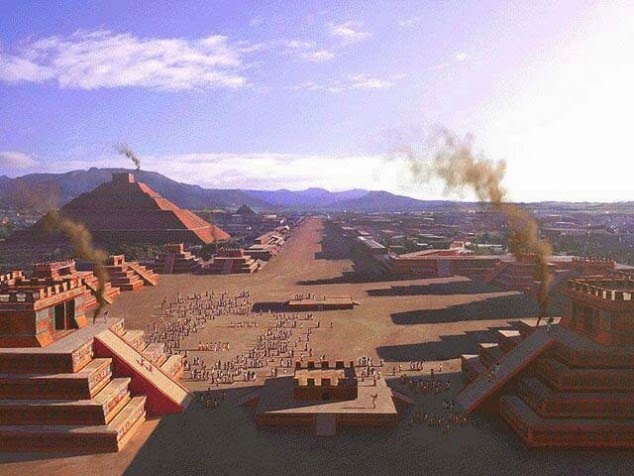Mica, Did the Ancients have Energy Sources?

Over the years a number of truly strange and unexplainable archeological discoveries have been made. These discoveries, often left investigated, question mans history.
Teotihuacan, Mexico.
The early history of Teotihuacán remains mysterious, and the origin of its founders is still debated. For many years, archaeologists believed it was built by the Toltec people, an early Mexican civilization. This belief was based on Aztec writings which attributed the site to the Toltecs. However, the Nahuatl word “Toltec” means “great craftsman” and may not always refer to the Toltec civilization.
Also it has been discovered that Teotihuacán predates the Toltec civilization, ruling them out as the city’s founders. The earliest buildings at Teotihuacán date to about 200 BCE, and the largest pyramid, the Pyramid of the Sun, was completed by 100 BCE
In 1983 archaeologists came across a number of underground rooms with ceilings and walls that are insulated by a layer of mica sandwiched in layers (stone-mica-stone) to a thickness of about 6 inches (15 cm). It is not clear what purpose these rooms served.
A mica insulated pipe was also discoverd that runs out of each of these rooms. No one knows its function.
Also, sheets of mica have recently been discovered embedded in many of the walls of Teotihuacan. The use of mica in the walls also remains an unexplained mystery.
Large crystals of mica, the type found in some of the mica in Teotihuacan, is rare – the largest reserves are found and mined in Africa and South America.
The nearest quarry to Teotihuacan where mica crystals could have been mined was however, located in Brazil, thousands of miles away.
Why would so much effort be made to use mica? other local stone was far easier to mine.
To move very large sheets of fragile mica up gradients and over thousands of miles would also be monumentally difficult without advanced transportation methods.

Polished sheet mica as it was found
So why use mica?
Sheet Mica is used in electrical components today.
Its usefulness in these applications is derived from its unique electrical and thermal insulating properties and its mechanical properties, which allow it to be cut, punched, stamped, and machined to close tolerances. Specifically, mica is unusual in that it is a good electrical insulator at the same time as being a good thermal conductor. The leading use of block mica is as an electrical insulator in electronic equipment.
Mica is also currently widely used in energy production worldwide.
Therefore the question arises of why the builders used this mineral in the buildings of the city?
Did ancient architects know of some long-forgotten sources of energy to use electricity in their cities?
The size of the city is staggering!

Watch also:
Thanks to: http://ufothetruthisoutthere.blogspot.com






 Sat Mar 23, 2024 11:33 pm by globalturbo
Sat Mar 23, 2024 11:33 pm by globalturbo

